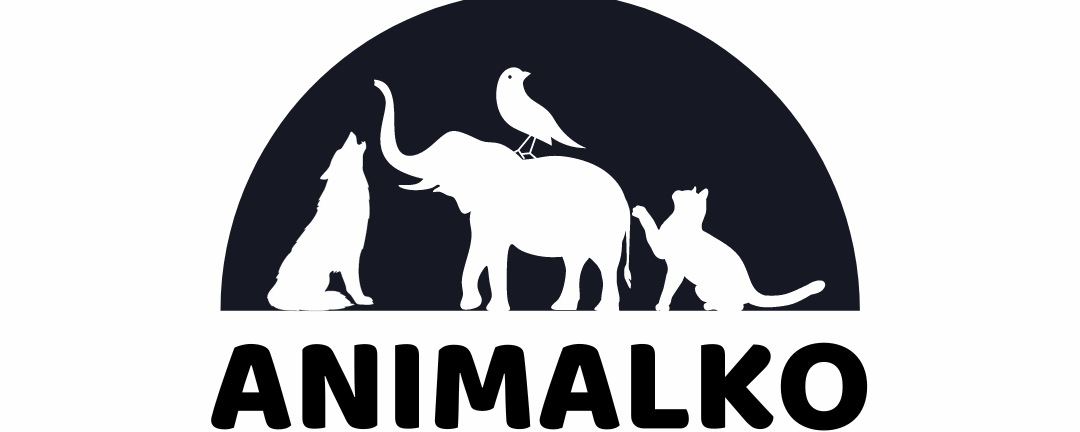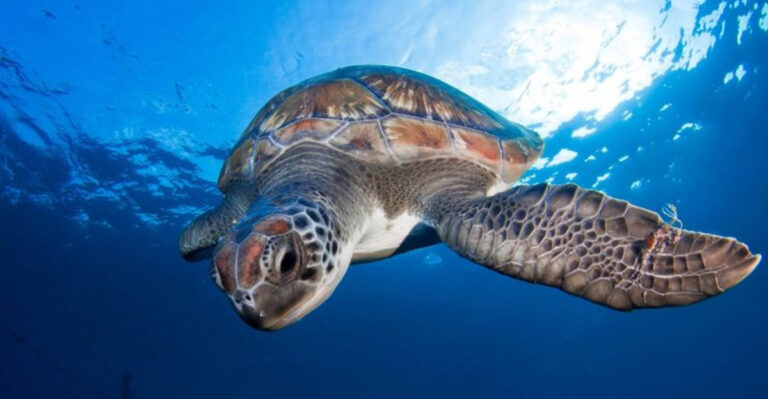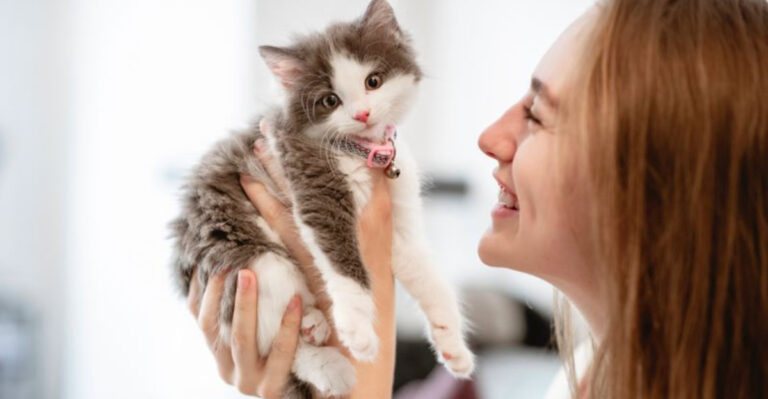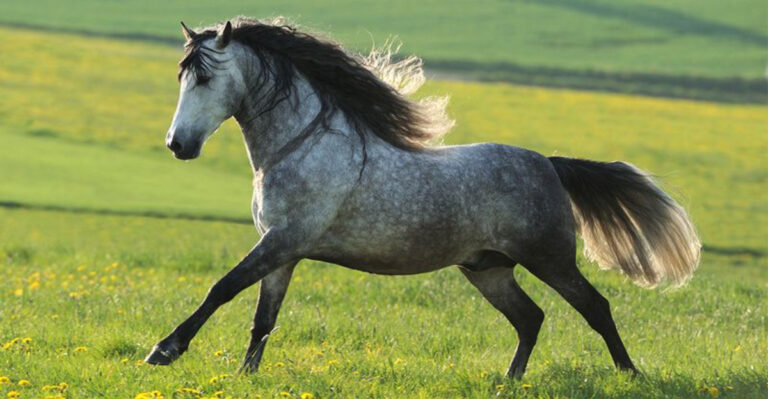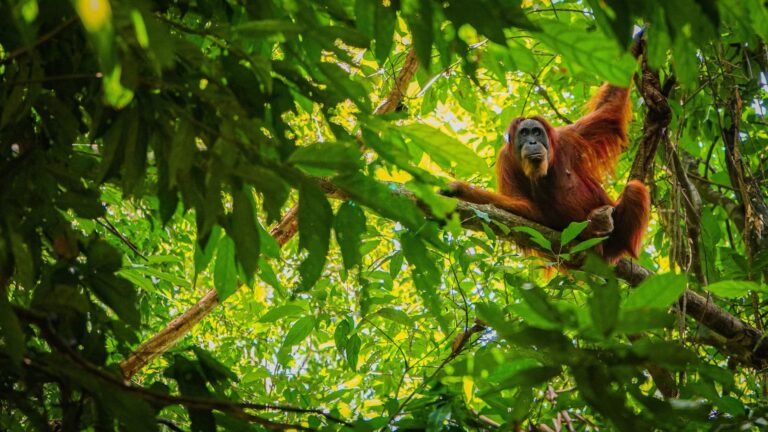11 Astonishing Dog Coat Colors And Patterns You Have To See
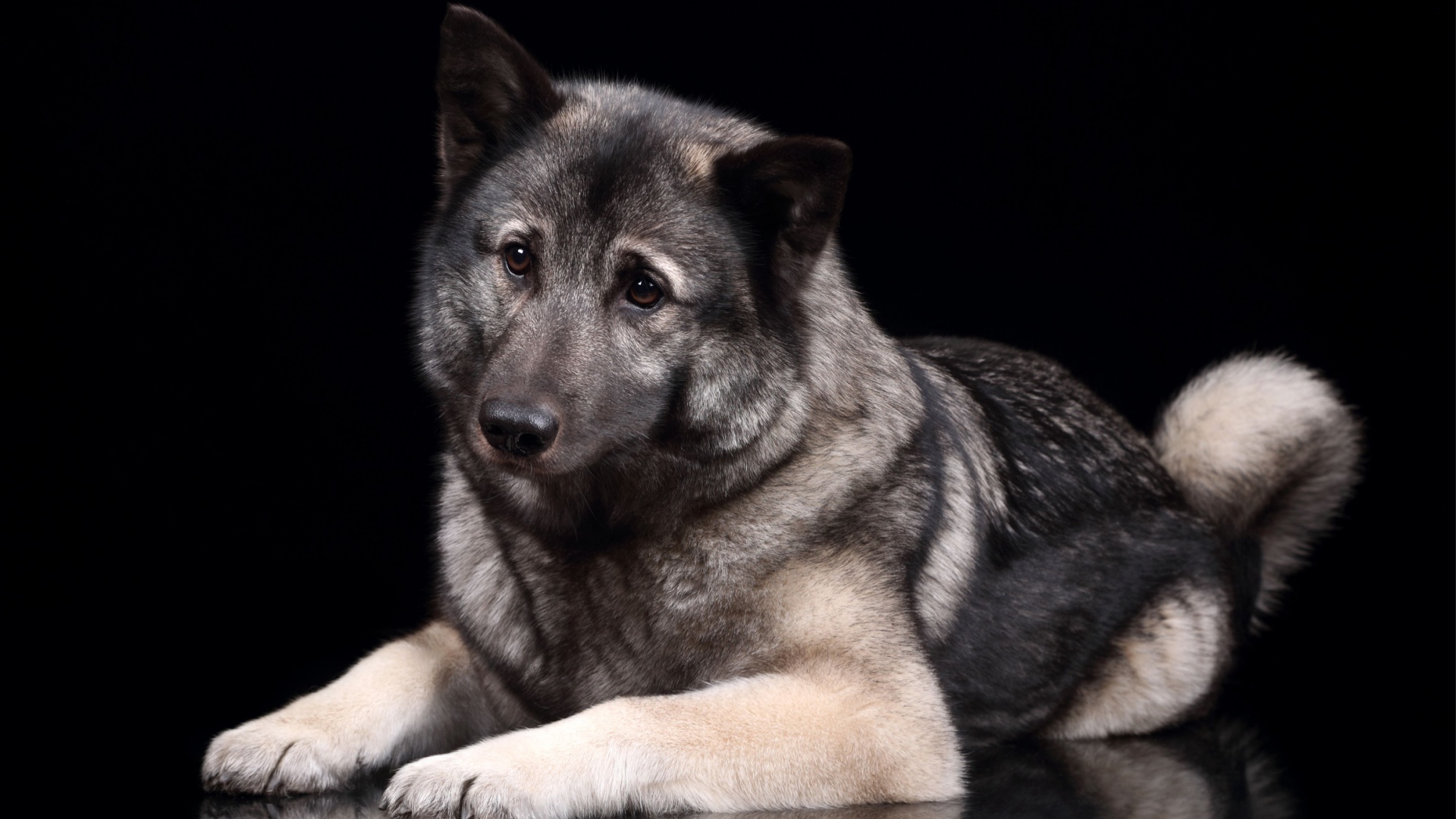
Dogs come in a variety of beautiful coat patterns, each with unique colors that make them stand out. These distinctive markings not only add to their charm but also give each dog a beautiful, eye-catching appearance.
Here’s a closer look at some of the most fascinating coat patterns seen in our canine companions.
1. The Merle Coat Pattern

Credit: Shutterstock
Starting with the merle coat, this pattern has dark patches that create a marbled effect on a lighter-colored background. Merle coats can vary, with some common types being:
• Blue merle (black patches on a grayish or blue background)
• Red merle (reddish or liver-colored patches on a lighter background)
One of the striking features of merle dogs is that they often have bright blue eyes or heterochromia, where each eye is a different color.
Breeds that commonly show off this coat pattern include: Collies, Australian Shepherds, Dachshunds, Shetland Sheepdogs, Cardigan Welsh Corgis, Great Danes.
2. The Brindle Coat Pattern

Credit: Shutterstock
The brindle pattern resembles tiger stripes, giving dogs a “tiger-striped” look. These irregular, dark stripes appear over a lighter background color, typically in shades like fawn, gray, or brown.
The brindle pattern isn’t reserved just for dogs – you might also see it in some cats and even pigs.
Common breeds with this coat pattern include Great Danes, Bulldogs, and Boxers. Some Boxers display a special type of brindle called “reverse brindle” or “black brindle,” where the dark stripes are so dense they almost cover the lighter background.
In addition, there are a variety of brindle shades: red, blue, liver, brown, and fawn. Dogs with long or curly fur might have less pronounced brindle patterns, which only adds to their unique appearance.
3. The Harlequin Coat Pattern
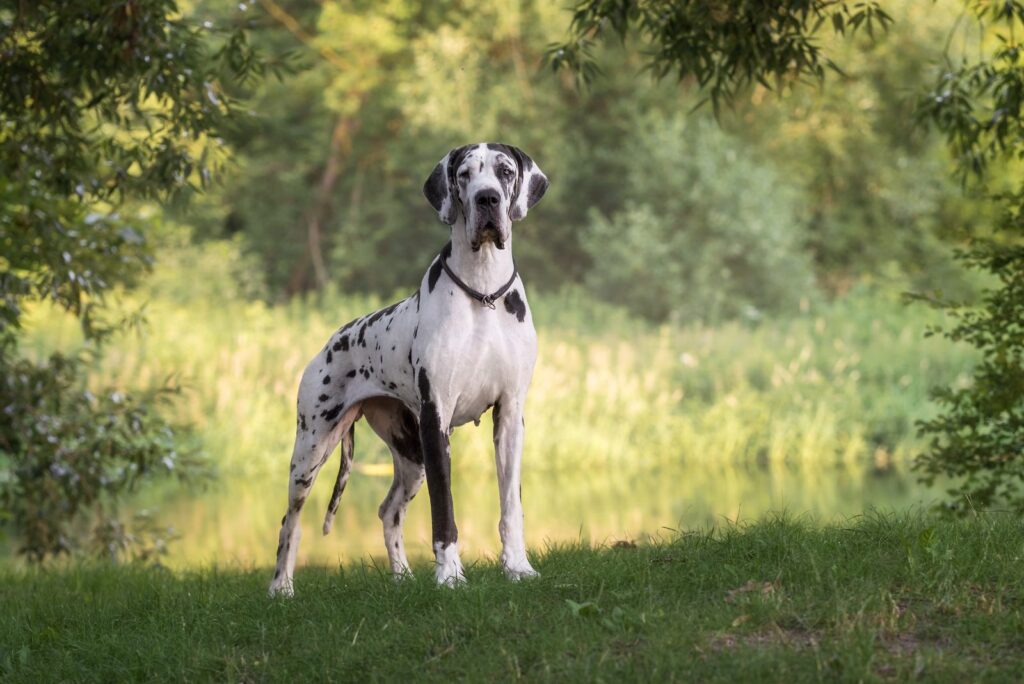
Credit: Shutterstock
The harlequin coat pattern features a pure white base with scattered gray or black patches. These patches shouldn’t be too small or too large; the ideal pattern has random patches without large, blanket-like coverage.
The harlequin pattern is actually related to the merle coat pattern, except it has a white base instead of blue. This pattern is most famously seen in Great Danes, which sometimes causes confusion with Dalmatians.
Although both breeds have white coats with black markings, the patches on a harlequin Great Dane are more irregular, while Dalmatian spots are smoother and rounder.
There are also several variations of the harlequin pattern, such as Blue harlequin (also called “bluequin”), Brindlequin (harlequin with brindle patches), and Fawnequin (harlequin with sable patches).
4. The Ticked Coat Pattern
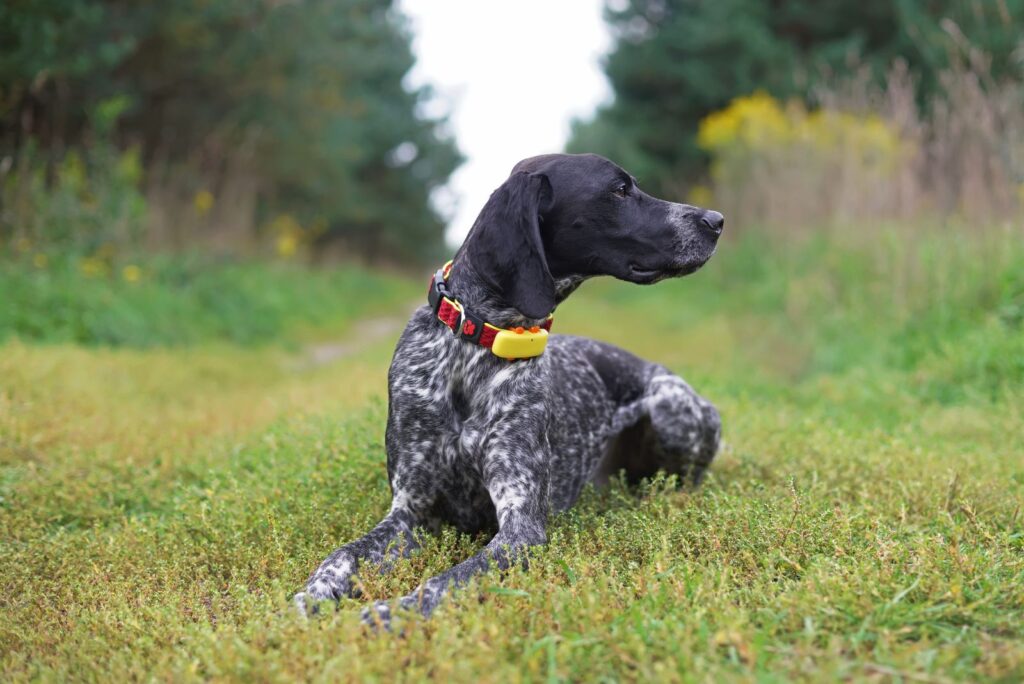
Credit: Shutterstock
Ticked coats have small, pigmented spots on white fur, generally seen on the white parts of a dog’s coat. In dogs with moderate ticking, these spots are mostly found on the legs and muzzle.
Ticked patterns are often found in hunting breeds such as: English Setters, German Wirehaired Pointers, English Springer Spaniels, German Shorthaired Pointers, and Bluetick Coonhounds.
Interestingly, puppies with ticked coats are born without visible spots. These spots gradually appear as the puppies grow and develop.
5. The Spotted Coat Pattern
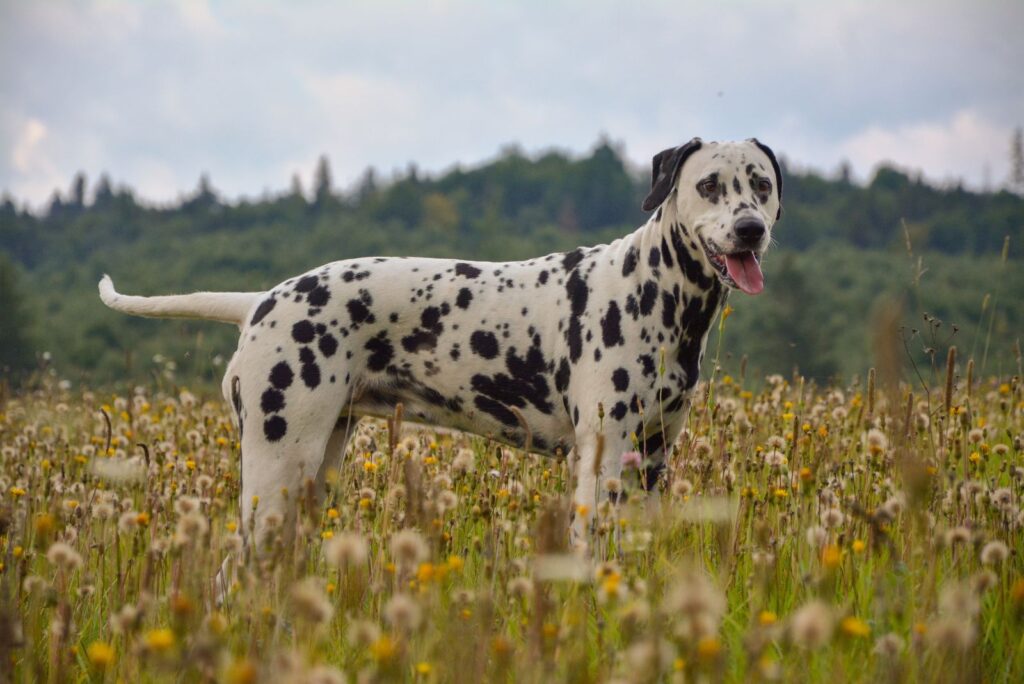
Credit: Shutterstock
This coat has a pure white base with distinct, thick black or liver-brown spots. The spots on a spotted coat can range in size from tiny dots to spots as large as a half-dollar.
The Dalmatian is the most famous example of this pattern. Dalmatian puppies are born without visible spots, but as they grow, the spots begin to appear, giving them their classic look.
6. The Roan Coat Pattern
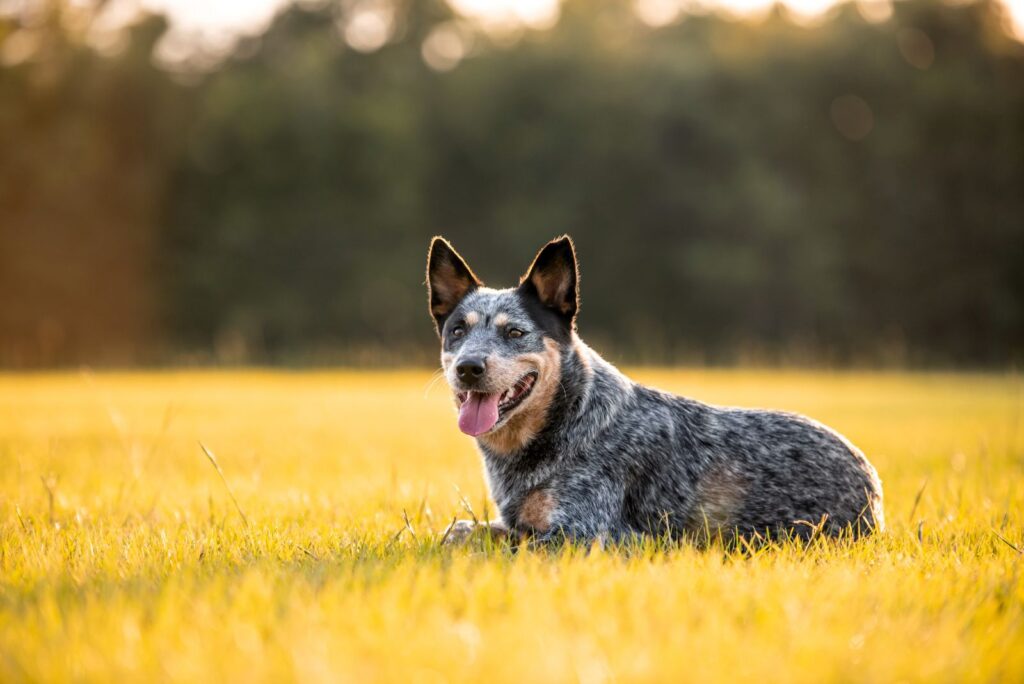
Credit: Shutterstock
Roan coats feature pigmented and white hairs intermingled so closely that they create a blended appearance, often appearing blue-gray or iron-gray. Though roan patterns are sometimes called “ticking,” some experts view these as distinct patterns.
The Australian Cattle Dog is a popular example, often described as “mottled” or “speckled,” both terms indicating a blend of roan and ticking.
Roan coats come in several variations, including: red, brown, liver, lemon, and blue (black and white hairs blended).
7. Tricolor Coat Pattern

Credit: Shutterstock
The tricolor coat pattern features three different colors, typically tan, white, and black, although some dogs may have shades of blue, liver, or Isabella.
Some breeds that frequently display tricolor patterns include: Bernese Mountain Dogs, Rat Terriers, Beagles, Basenjis, Entlebucher Mountain Dogs, and Papillons. This pattern gives these breeds a striking and elegant appearance.
From tiger stripes to roan blends, these patterns make dogs not only fun to look at but also fun to learn about. So, the next time you spot a dog, take a closer look – you may just discover an interesting pattern you hadn’t noticed before!
8. The Saddleback Coat Pattern
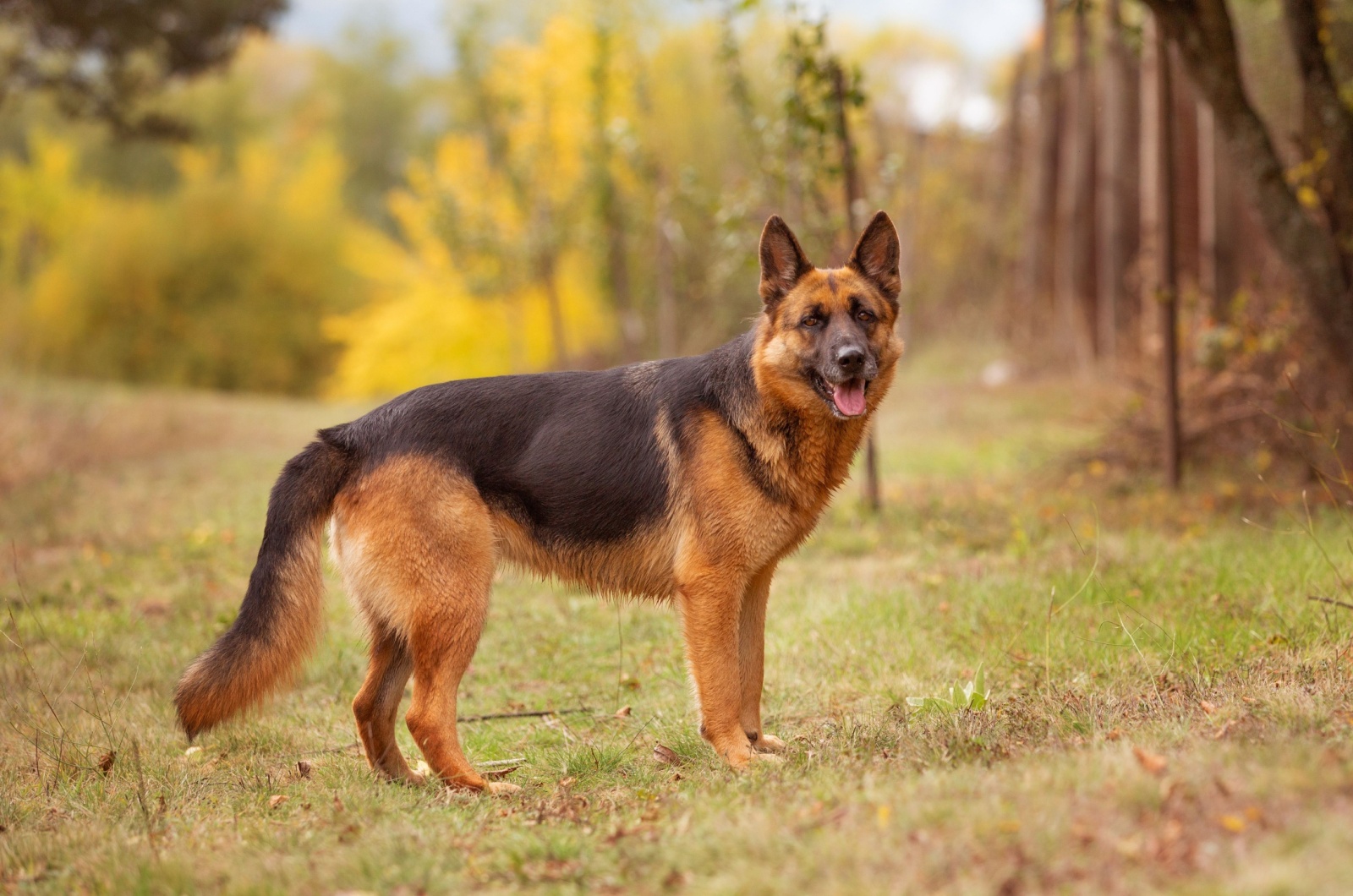
Credit: Shutterstock
The saddleback pattern, also called the “blanket” pattern, features a darker patch of fur that covers the back and sides of the dog, resembling a saddle. This pattern is most commonly seen in breeds like German Shepherds, Basset Hounds, and Coonhounds. The rest of the coat is usually lighter, such as tan or fawn, creating a distinct contrast.
Interestingly, the saddleback pattern may shift as puppies grow, with the dark saddle sometimes becoming smaller or fading entirely. This dynamic pattern adds an extra layer of uniqueness to the breeds that sport it.
9. Agouti Coat Color

Credit: Shutterstock
The agouti coat color is a fascinating and wild-looking pattern found in some dog breeds. It is characterized by individual hairs that have multiple bands of alternating light and dark colors, giving the coat a dynamic, textured appearance.
This pattern, also known as “wolf sable,” closely resembles the natural coloring of wild animals like wolves and coyotes, making it particularly striking. Agouti coloring is common in breeds such as the Alaskan Malamute, Siberian Husky, and Norwegian Elkhound.
The banded hairs often create a natural camouflage effect, blending seamlessly into outdoor environments. This coat color is the result of a specific genetic expression that influences the distribution of pigment along each hair strand.
Depending on the breed, the base color of the agouti pattern can range from shades of gray and black to brown and cream. Its unique, rugged look appeals to those who appreciate a natural and earthy aesthetic in dogs.
10. The Blue Fawn Coat Color

Credit: Shutterstock
The blue fawn coat color is an exquisite and rare shade that combines the soft warmth of fawn with a cool bluish tint. This unique coloration results from a dilution gene that lightens the black pigment in the coat, creating a silvery or slate-gray overlay on the fawn base.
The effect is a smooth, muted tone that appears almost ethereal in the right lighting. Blue fawn dogs often have striking features, such as lighter noses, paw pads, and amber or blue-hued eyes, enhancing their overall beauty.
Breeds like the French Bulldog, Italian Greyhound, and Pit Bull Terrier can exhibit this stunning coat color. Blue fawn coats can vary slightly in intensity, ranging from pale and subtle to deeper, richer shades. This elegant coloration, paired with its rarity, makes blue fawn dogs highly sought after and admired for their refined and unique appearance.
11. The Parti-Colored Coat Pattern

Credit: Shutterstock
The parti-colored pattern features two or more distinct colors in large, irregular patches. Unlike ticking or roan coats, parti-colored dogs have clearly defined patches that are often set against a white base. Poodles, Cocker Spaniels, and Papillons are common breeds with this eye-catching pattern.
Parti-colored coats come in a wide range of color combinations, including black and white, brown and white, or even tricolor with additional tan markings. The sharp contrast of colors makes these dogs stand out in a crowd, and the placement of the patches can vary greatly, giving each dog a unique appearance.
